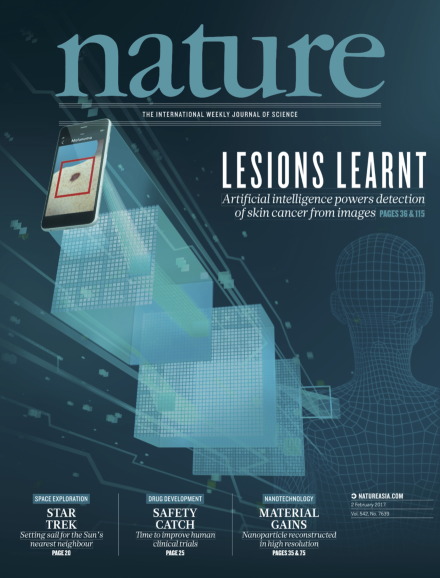Volume 542 Issue 7639, 2 February 2017
Editorial
World View
Research Highlights
Seven Days
News
News Feature
Comment
Books & Arts
Correspondence
Obituary
News & Views
Correction
Article
Letter
Erratum
Corrigendum
Toolbox
-
The Internet of Things comes to the lab
Collection:

